

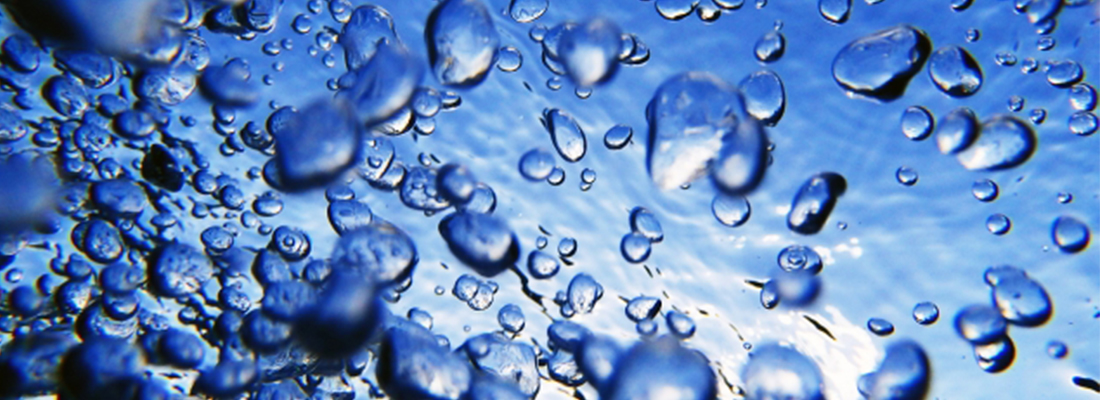
23. Hydrogen gas inhalation protects against cutaneous ischaemia/reperfusion injury in a mouse model of pressure ulcer.
■Journal
Journal of Cellular and Molecular Medicine
■Year
2018
■Instute
-
■Authors
Wei Fang,Guizhen Wang,Jinhua Xu, et al.
■Diseases
Pressure sores
■Dose
H2 Concentration 2%, 75% (Volume ratio) (Cell culture)67% H2 / 33% O2 Mixture(Animal exp.)
■Rate
6h/d Total 1 week
■Observations
Skin tissue
■Effects
Inhalation of high-concentrated H2 can significantly reduce the area of pressure sores and alleviate inflammatory cell infiltration and the production of proinflammatory cytokines (tnf-α,il-1,il-6 and IL-8)
--------------------------
24. Therapeutic potential of molecular hydrogen in ovarian cancer.
■Journal
Translational Cancer Research
■Year
2018
■Instute
-
■Authors
Lei Shang, Fei Xie, Xuemei Ma,et al.
■Diseases
Ovarian cancer
■Dose
H2 Concentration 2%, 75% (Volume ratio) (Cell culture)67% H2 / 33% O2 Mixture(Animal exp.)
■Rate
30 min / tid Total 6 weeks
■Observations
PA-1 and Hs38.T cells
■Effects
H2 can play a supportive role in the treatment of ovarian cancer by inhibiting the growth of cancerous stem cell-like cells and angiogenesis.
--------------------------
25. An Animal Model and Protection of Hidden Hearing Loss.
■Journal
Chinese Journal of Otology
■Year
2018
■Instute
-
■Authors
Qi Guowei, Liu, Yu Ning, Yang Shiming, et al.
■Diseases
Hearing Loss
■Dose
67% H2 / 33% O2 Mixture
■Rate
1 hr before noise exposure
■Observations
-
■Effects
Hydrogen appeared to protect against the 15 doses exposure, indicating a potential preventive effect on hidden hearing.
loss.
--------------------------
26. Beneficial effects of hydrogen gas inhalation on a murine model of allergic rhinitis.
■Journal
Experimental and Therapeutic Medicine
■Year
2018
■Instute
-
■Authors
Sengjian Fang, Xinqian Li, Youzhen Wei,et al.
■Diseases
allergic rhinitis
■Dose
H2/O2/N2: 40/21/39%
■Rate
3h/d Total 1 week
■Observations
nasal mucosa
■Effects
H2 inhalation at a high concentration may improve nasal allergic symptoms, reduce inflammatory cell infiltration in nasal mucosa, and regulate Th1/Th2 responses.
--------------------------
27. Hydrogen postconditioning promotes survival of rat retinal ganglion cells against ischemiareperfusion injury through the PI3KAkt pathway
■Journal
Biochemical and Biophysical Research Communications
■Year
2018
■Instute
-
■Authors
Ruobing Wang, Jiangchun Wu, Lin Liu, et al.
■Diseases
Retinal ischemia reperfusion injury
■Dose
67% H2 / 33% O2 Mixture
■Rate
1 h daily for 1, 3 or 7 consecutive days
■Observations
retinal ganglion
■Effects
H2 acts as a neuroprotectant for RGCs ( retinal ganglion cells ) via the activation of the PI3K/Akt signalling pathway. H2 inhalation could be a new therapeutic strategy for clinical applications aimed at attenuating retinal damage caused by retinal IRI ( retinal ischemia-reperfusion injury )
--------------------------
28. Hydrogen and Oxygen Mixture to Improve Cardiac Dysfunction and Myocardial Pathological Changes Induced by Intermittent Hypoxia in Rats.
■Journal
Oxidative Medicine and Cellular Longevity
■Year
2019
■Instute
-
■Authors
Ya-Shuo Zhao, Ji-Ren An, En-Sheng Ji,et al.
■Diseases
Chronic Intermittent Hypoxia (CIH)
■Dose
67% H2 / 33% O2 Mixture
■Rate
2 hours before the exposure of intermittent hypoxia, total 35 days
■Observations
heart
■Effects
H2-O2 mixture considerably decreased ROS levels via upregulating superoxide dismutase (SOD) and glutathione (GSH) as well as downregulating NADPH oxidase (NOX 2) expression in the hearts of CIH rats. All the results demonstrated that H2 might be an efficient antioxidant against the oxidative stress injury induced by CIH.
--------------------------
29. Hydrogen Gas Alleviates Chronic Intermittent Hypoxia-Induced Renal Injury through Reducing Iron Overload.
■Journal
Molecules
■Year
2019
■Instute
-
■Authors
Peng Guan, Zhi-Min Sun, En-Sheng Ji, et al.
■Diseases
Chronic Intermittent Hypoxia (CIH)
■Dose
67% H2 / 33% O2 Mixture
■Rate
1 hour before the exposure, total 35 days
■Observations
Kidney
■Effects
CIH could promote renal transferrin receptor and divalent metal transporter-1 expression, inhibit ceruloplasmin expression. Renal injury, apoptosis and oxidative stress induced by CIH were strikingly attenuated in H2 treated rats. In conclusion, hydrogen may attenuate CIH-induced renal injury at least partially via inhibiting renal iron overload.
--------------------------
30. Hydrogen protects against chronic intermittent hypoxia induced renal dysfunction by promoting autophagy and alleviating apoptosis.
■Journal
Life Sciences
■Year
2019
■Instute
-
■Authors
Peng Guana, Zhi-Min Suna, En-Sheng Ji
■Diseases
Chronic Intermittent Hypoxia (CIH)
■Dose
67% H2 / 33% O2 Mixture
■Rate
2 hours before the exposure of intermittent hypoxia, total 35 days
■Observations
Kindney
■Effects
H2 can ameliorate CIH-induced kidney injury by decreasing endoplasmic reticulum stress and activating autophagy through inhibiting oxidative stress-dependent p38 and JNK MAPK activation.
--------------------------
31. Hydrogen gas inhalation enhances alveolar macrophage phagocytosis in aovalbumin-induced asthma model.
■Journal
International Immunopharmacology
■Year
2019
■Instute
Guangzhou Institute of Respiratory Health, State Key Laboratory of Respiratory Disease, The First Affiliated Hospital of Guangzhou Medical University, Guangzhou, China
■Authors
Peikai Huang, Shushan Wei, Qingling Zhang, et al.
■Diseases
asthma
■Dose
67% H2 / 33% O2 Mixture
■Rate
twice a day (2 h per time) for 7 consecutive days
■Observations
Lung
■Effects
Hydrogen gas inhalation enhanced alveolar macrophage phago-cytosis in OVA-induced asthmatic mice, which may be associated with the antioxidant effects of hydrogen gas and the activation of the Nrf2 pathway.
--------------------------
32. Protective effects of hydrogen gas in a rat model of branch retinal vein occlusion via decreasing VEGF-α expression.
■Journal
BMC Ophthalmology
■Year
2019
■Instute
Center of Clinical Aerospace Medicine, Fourth Military Medical University,
■Authors
Pan Long, Weiming Yan, Zuoming Zhang, et al.
■Diseases
branch retinal vein occlusion
■Dose
67% H2 / 33% O2 Mixture
■Rate
8 h per day up to 30 d post-occlusion.
■Observations
retina
■Effects
Hydrogen gas could alleviate retinal oedema, shorten reopen time and improve retinal function, and the potential mechanism might be related to a decrease in VEGF-α expression.
--------------------------
33. Molecular hydrogen suppresses glioblastoma growth via inducing the glioma stem-like cell differentiation.
■Journal
Stem Cell Research & Therapy
■Year
2019
■Instute
College of Life Science and Bio-engineering, Beijing University of Technology, ( Meng-yu Liu, Fei Xie, Xue-mei Ma )
■Authors
Meng-yu Liu, Fei Xie, Xue-mei Ma, et al.
■Diseases
glioblastoma
■Dose
67% H2 / 33% O2 Mixture
■Rate
twice a day (1 h per time) for 26 consecutive days
■Observations
Brain/ cell line C6, Cell line U87
■Effects
Both in vivo and in vitro studies showed that molecular hydrogen could induce the desired differentiation of GSCs. Moreover, molecular hydrogen also suppresses the migration, invasion, and colony-forming ability of GBM cells.
--------------------------
34. Hydrogen gas therapy induced shrinkage of metastatic gallbladder cancer: A case report.
■Journal
World Journal of Clinical Cases
■Year
2019
■Instute
Fuda Cancer Hospital of Jinan University,(Ji-Bing Chen, Feng Mu, Ke-Cheng Xu ) / Intervention Department of Shenzhen Second People’s Hospital, ( Duan-Ming Du )
■Authors
Ji-Bing Chen, Feng Mu, Ke-Cheng Xu et al.
■Diseases
gallbladder cancer
■Dose
67% H2 / 33% O2 Mixture
■Rate
6 h per day
■Observations
liver, gallbladder , blood
■Effects
A 72-year-old female patient with gallbladder cancer(GBC) , refused other treatments and began daily hydrogen inhalation therapy. After 1 mo of treatment, the gallbladder and liver tumors continued to progress, and intestinal obstruction occurred. After continuous hydrogen therapy and symptomatic treatments including gastrointestinal decompression and intravenous nutrition support, the intestinal obstruction was gradually relieved. Three months after hydrogen therapy, the metastases in the abdominal cavity gradually reduced in size, her anemia and hypoalbuminemia were corrected, lymphocyte and tumor marker levels returned to normal, and the patient was able to resume normal life.
--------------------------
35. Real world survey of hydrogen-controlled cancer: a follow-up report of 82 advanced cancer patients.
■Journal
Medical Gas Research
■Year
2019
■Instute
Fuda Cancer Hospital of Jinan University, Guangzhou, ( Ji-Bing Chen1, Xiao-Feng Kong, Feng Mu, Ke-Cheng Xu )/ Molecular Biology Laboratory of Cancer Hospital, Peking University (You-Yong Lv)
■Authors
Ji-Bing Chen1, Xiao-Feng Kong, You-Yong Lv, Feng Mu, Ke-Cheng Xu, et al.
■Diseases
Tumors
■Dose
67% H2 / 33% O2 Mixture
■Rate
2~6 h /day
■Observations
umor markers
■Effects
Advanced cancer treatment is a huge challenge and new ideas and strategies are required. Hydrogen exerts antioxidant and anti-inflammatory effects that may be exploited to control cancer, the occurrence and progression of which is closely related to peroxidation and inflammation. We conducted a prospective follow-up study of 82 patients with stage III and IV cancer treated with hydrogen inhalation using the real world evidence method. After 3–46 months of follow-up, 12 patients died in stage IV. After 4 weeks of hydrogen inhalation, patients reported significant improvements in fatigue, insomnia, anorexia and pain. Furthermore, 41.5% of patients had improved physical status, with the best effect achieved in lung cancer patients and the poorest in patients with pancreatic and gynecologic cancers. Of the 58 cases with one or more abnormal tumor markers elevated, the markers were decreased at 13–45 days (median 23 days) after hydrogen inhalation in 36.2%. The greatest marker decrease was in achieved lung cancer and the lowest in pancreatic and hepatic malignancies. Of the 80 cases with tumors visible in imaging, the total disease control rate was 57.5%, with complete and partial remission appearing at 21–80 days (median 55 days) after hydrogen inhalation. The disease control rate was significantly higher in stage III patients than in stage IV patients (83.0% and 47.7%, respectively), with the lowest disease control rate in pancreatic cancer patients.
--------------------------
36. Inhalation of hydrogen gas attenuates airway inflammation and oxidative stress in allergic asthmatic mice.
■Journal
Asthma Reseach and Practice
■Year
2018
■Instute
The Second Military Medical University ( Ning Zhang )
■Authors
Ning Zhang, Changwen Deng, Xingxing Zhang, Jingxi Zhang and Chong Bai et al.
■Diseases
asthma
■Dose
67% H2 / 33% O2 Mixture
■Rate
inhalation of 67% high concentration of hydrogen gas for 60 min once a day for 7 consecutive days
■Observations
lung
■Effects
Inhalation of hydrogen gas abrogated ovalbumin-induced the increase in lung resistance. Concomitantly, the asthmatic mice showed severe inflammatory infiltration and goblet cell hyperplasia which were reversed by hydrogen gas inhalation. Hydrogen gas inhalation reduced significantly the number of total cells, eosinophils and lymphocytes in BALF. Increased level of IL-4, IL-13, TNF-α and CXCL15 in the BALF and IL-4 in the serum were decreased significantly after inhalation. Hydrogen gas inhalation markedly upregulated the activity of decreased superoxide dismutase and significantly attenuated the increased level of malondialdehyde and myeloperoxidase.
--------------------------
37. Hydrogen–oxygen therapy can alleviate radiotherapy-induced hearing loss in patients with nasopharyngeal cancer.
■Journal
Annals of Palliative Medicine
■Year
2019
■Instute
Fuda Cancer Hospital of Jinan University ( Jibing Chen, Xiaofeng Kong, Feng Mu, Tianyu Lu, Kecheng Xu )/ Shenzhen Second People’s Hospital (Duanming Du)
■Authors
Jibing Chen, Xiaofeng Kong, Feng Mu, Tianyu Lu, Duanming Du, Kecheng Xu
■Diseases
hearing loss
■Dose
67% H2 / 33% O2 Mixture
■Rate
4 h /day
■Observations
Pure-tone audiograms
■Effects
Three patients with nasopharyngeal carcinoma developed binaural secretory otitis media 12, 2, and 0.5 years after radiotherapy, respectively. The secretions subsided after conventional drug and drainage treatments, but hearing continued to deteriorate until severe loss was documented in both ears. After 0.5, 1 and 2 months of continuous hydrogen–oxygen therapy, our first three patients reported different levels of improvement in binaural hearing. This is the first report to show that, after treatment for nasopharyngeal carcinoma, hearing loss can be alleviated using hydrogen–oxygen therapy.
--------------------------
38. A Gallbladder Carcinoma Patient With Pseudo-Progressive Remission After Hydrogen Inhalation.
■Journal
World Journal of Clinical Cases
■Year
2019
■Instute
Fuda Cancer Hospital of Jinan University,(Ji-Bing Chen, Feng Mu, Ke-Cheng Xu ) / Intervention Department of Shenzhen Second People’s Hospital, ( Duan-Ming Du )
■Authors
Ji-Bing Chen, Feng Mu, Ke-Cheng Xu et al.
■Diseases
gallbladder cancer
■Dose
67% H2 / 33% O2 Mixture
■Rate
6 h per day
■Observations
liver, gallbladder , blood
■Effects
This is the first report of pseudo-progression followed by sustained remission after hydrogen inhalation. This phenomenon is similar to the pseudo-progression-remission pattern that occurs following PD-1 antibody treatment. These findings suggest that hydrogen may have an inhibitory effect on PD-1 expression.
--------------------------
39. Brain Metastases Completely Disappear in Non-Small Cell Lung Cancer Using Hydrogen Gas Inhalation: A Case Report.
■Journal
OncoTargets and Therapy
■Year
2019
■Instute
Fuda Cancer Hospital of Jinan University,(Ji-Bing Chen, Feng Mu, Ke-Cheng Xu ) / Intervention Department of Shenzhen Second People’s Hospital, ( Duan-Ming Du )
■Authors
Ji-Bing Chen, Feng Mu, Ke-Cheng Xu et al.
■Diseases
Non-Small Cell Lung Cancer, Brain Metastases
■Dose
67% H2 / 33% O2 Mixture
■Rate
6 h /day
■Observations
Brain
■Effects
A 44-year-old woman diagnosed with lung cancer with multiple metastases in November 2015. Oral targeted drugs were initiated after the removal of brain metastases, and most lesions remained stable for 28 months. In March 2018, intracranial multiple metastases, as well as hydrocephalus accumulation in the third ventricle and lateral ventricles, and metastases in bone, adrenal gland, liver were noted. Hydrogen-gas monotherapy was started to control the tumor a month later. After 4 months, the size of multiple brain tumors was reduced significantly, and the amount of hydrocephalus in the third ventricle and lateral ventricles reduced significantly. After 1 year, all brain tumors had disappeared, and there were no significant changes in metastases in the liver and lung. These data show that, after standard treatments had failed, hydrogen-gas monotherapy elicited significant effective control of tumors (especially those in the brain), and survival time was lengthened.
--------------------------
40. Effects of inhaling high concentration hydrogen on traumatic brain injury in rats.
■Journal
J Clin Anesthesiol
■Year
2019
■Instute
Second Affiliated Hospital of Harbin Medical University, Harbin
■Authors
Yuezhen Wang, Tingting Li, Hongling Cao, Jianfeng Chen, Wanchao Yang
■Diseases
traumatic brain injury
■Dose
42% H2 / 21% O2/ 37% N2 Mixture
■Rate
7 days
■Observations
Brain
■Effects
High concentration of hydrogen gas can alleviate traumatic brain injury in rats, and the mechanism may be related to the anti-apoptosis and anti-oxidative stress effects of hydrogen.
--------------------------
41. Hydrogen gas therapy improves survival rate and neurological deficits in subarachnoid hemorrhage rats: a pilot study.
■Journal
Medical Gas Research
■Year
2019
■Instute
Loma Linda University, Loma Linda, CA, USA
■Authors
Richard Camara, Nathanael Matei, Justin Camara, Budbazar Enkhjargal, Jiping Tang, John H. Zhang
■Diseases
Subarachnoid hemorrhage (SAH)
■Dose
67% H2 / 33% O2 Mixture
■Rate
2 hours
■Observations
Brain
■Effects
High dose hydrogen gas (66% at 3 L/min) was administered for 2 hours at 0.5, 8, and 18 hours after SAH. This treatment increased 72-hour survival rate and provided 24-hour neuroprotection after SAH in rats. This is the first report demonstrating that high dose hydrogen gas therapy reduces mortality and improves outcome after SAH.
--------------------------
42. Protective effects of hydrogen on monoarthritis rats.
■Journal
-
■Year
2019
■Instute
Changhai Hospital, Naval Medical University (Second Military Medical University)
■Authors
LI Hao-ling, ZHOU Ya-lan, ZHOU Shu-zhuan, JI Feng, XU Hua
■Diseases
monoarthritis
■Dose
67% H2 / 33% O2 Mixture
■Rate
14 days
■Observations
ankle joint
■Effects
Inhalation of 67% H2 via the respiratory tract at the initial stage of MA rat modeling can alleviate mechanical hyperalgesia and oxidative stress. Pre-administration of H2 can inhibit the formation of mechanical hyperalgesia in MA.
--------------------------
43. UPLC/MS-Based Metabolomics Investigation of the Protective Effect of Hydrogen Gas Inhalation on Mice with Calcium Oxalate-Induced Renal Injury
■Journal
Biol Pharm Bull
■Year
2018
■Instute
1. Department of Nephrology, Changhai Hospital, Naval Medical University.2. Department of Naval Aeromedicine, Naval Medical University.
■Authors
Lu H, Ding J, Liu W, Peng Z, Chen W, Sun X, Guo Z
■Diseases
renal injury
■Dose
67% H2 / 33% O2 Mixture
■Rate
twice a day ( 30 mins per time)
■Observations
Kiney
■Effects
This study showed the effects of hydrogen on serum and urine metabolites in a renal injury model. Ultra-HPLC quadrupole time-of-flight-MS-based metabolomics was used to characterise metabolic variations. Twenty-five serum metabolites and 14 urine metabolites showed differences in the the nitrogen and oxygen inhalation (NO), nitrogen and oxygen inhalation combined with calcium oxalate induction (CaOx), and hydrogen inhalation combined with calcium oxalate induction (HO+CaOx) groups. Nineteen serum metabolites and 7 urine metabolites showed significant restoration to normal levels after hydrogen gas (H2) treatment.
--------------------------
44. Effects of a high concentration of hydrogen on neurological function after traumatic brain injury in diabetic rats.
■Journal
Brain Research
■Year
2020
■Instute
Second Affiliated Hospital of Harbin Medical University, Harbin
■Authors
Ting-Ting Li, Wan-Chao Yang, Yue-Zhen Wang, Tian Sun, Hong-Ling Cao, Jian-Feng Chen, Wen-Zhi Li ■Diseases
traumatic brain injury
■Dose
42% H2 / 21% O2/ 37% N2 Mixture
■Rate
1 hr daily, 7 days
■Observations
Brain
■Effects
The inhalation of a high concentration of H2 (42% for one hour per day for 7 days) improved neurological deficits (p<0.05) and reduced the expression of apoptotic protein markers (p<0.05). However, the inhalation of 3% H2 did not yield significant effects.
--------------------------
Wednesday , November 28,2023
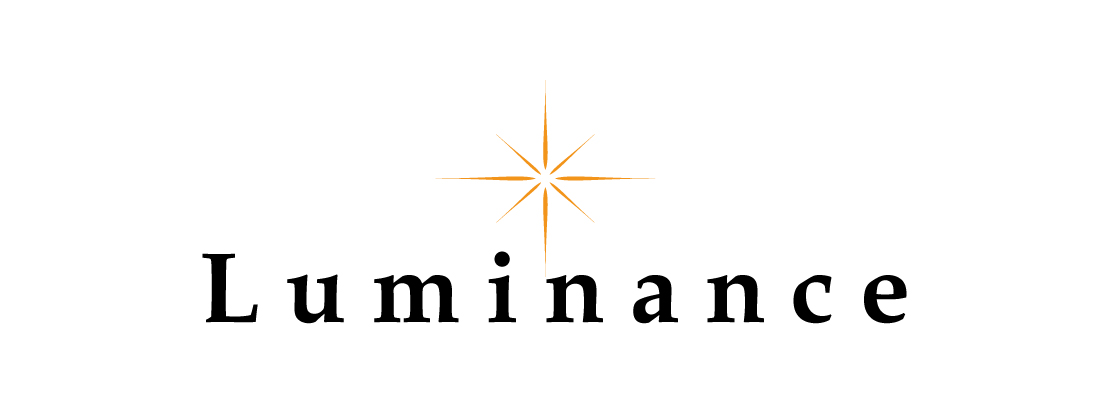
年末年始休業のお知らせ
誠に勝手ながら、弊社の年末年始休業を下記のとおりとさせていただきます。 ご迷惑をおかけいたしますが、ご了承いただきますよう、お願い申し上げます。 年末年...
Friday , August 10,2023
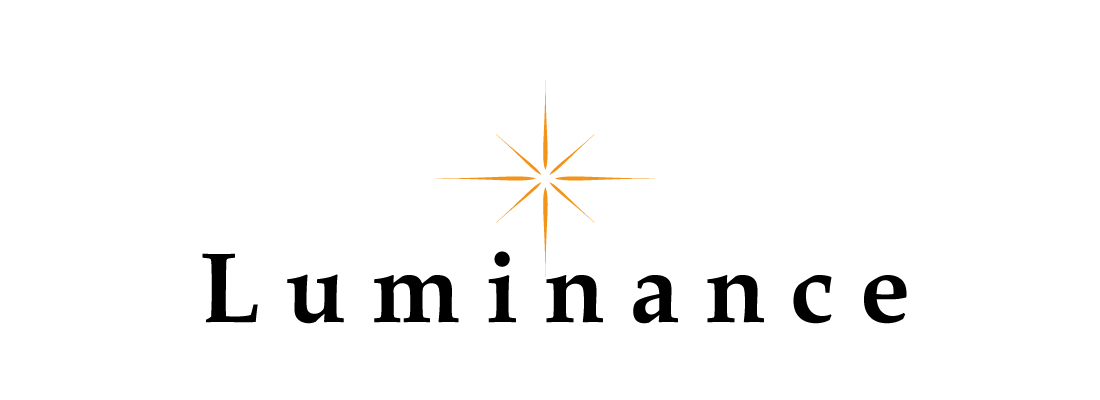
夏季休業のお知らせ
誠に勝手ながら、弊社の夏季休業を下記のとおりとさせていただきます。 ご迷惑をおかけいたしますが、ご了承いただきますよう、お願い申し上げます。 夏季休業期...
Friday , December 1,2022
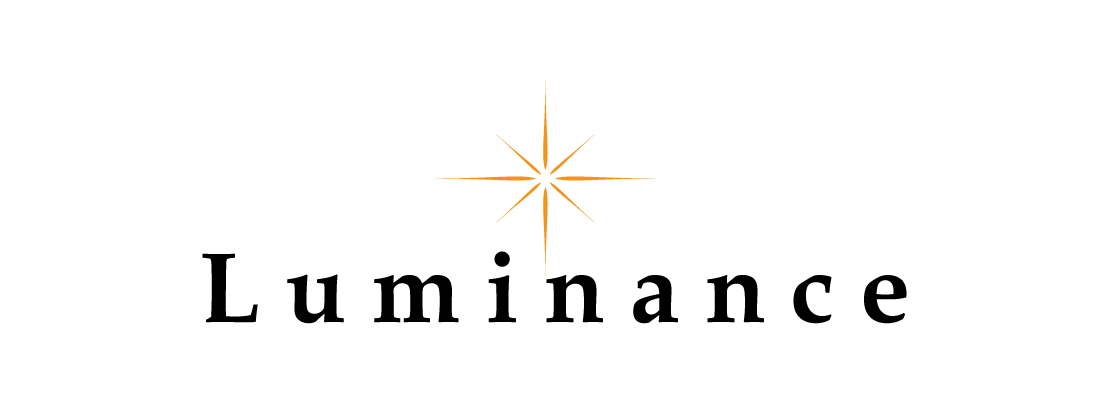
年末年始休業のお知らせ
誠に勝手ながら、弊社の年末年始休業を下記のとおりとさせていただきます。 ご迷惑をおかけいたしますが、ご了承いただきますよう、お願い申し上げます。 年末年...
Monday , May 1,2022
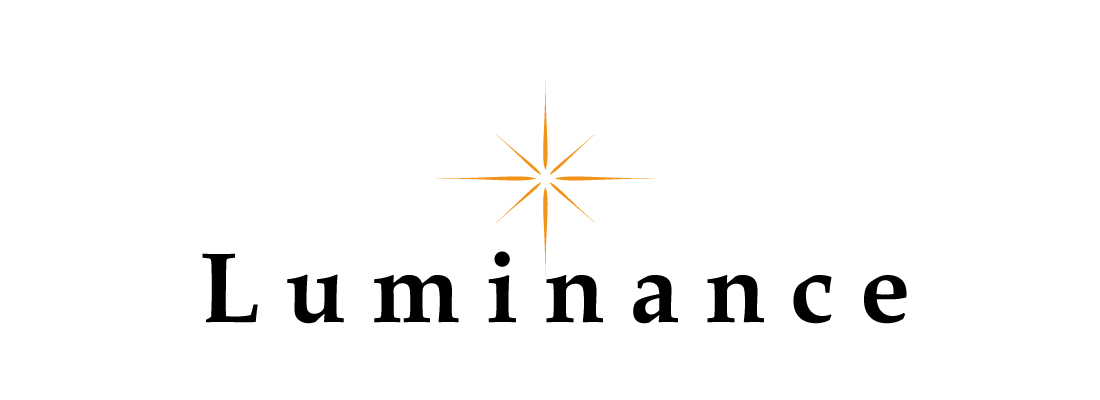
営業時間変更と休業日変更のお知らせ
誠に勝手ながら、弊社の営業時間と休業日を一時、以下のように変更させていただきます。 <変更前> ------------------- ・営業日 ...
Sunday , April 30,2022
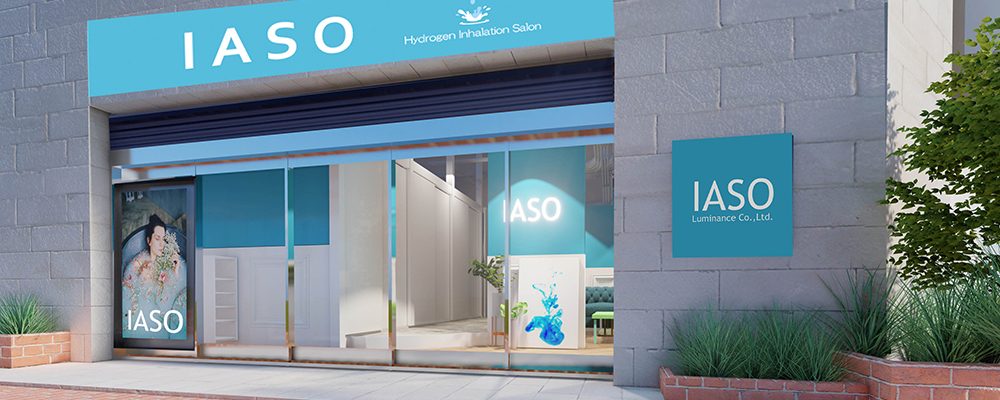
高濃度水素吸入サロンIASO(イアソ)をオープンいたしました...
本日、2022年4月30日に高濃度水素吸入サロンIASO(イアソ)をオープンいたしました。 IASO公式HP
Thursday , December 15,2021
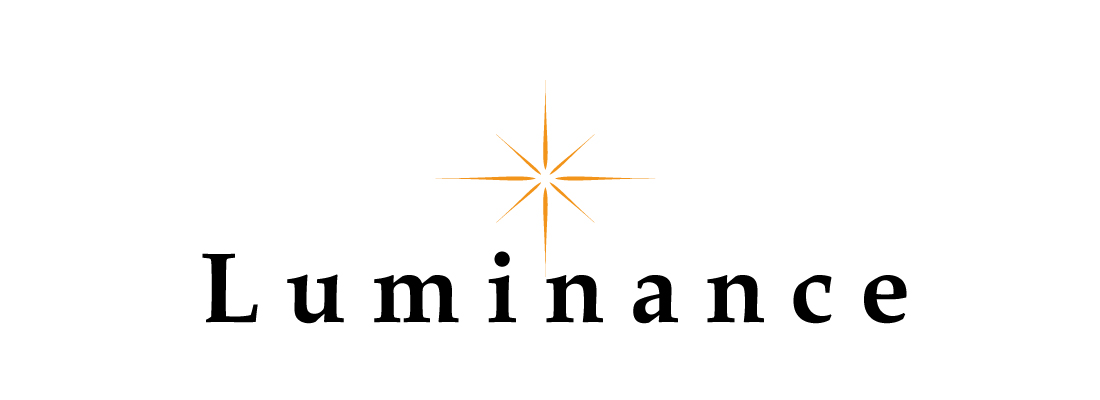
年末年始休業のお知らせ
誠に勝手ながら、弊社の年末年始休業を下記のとおりとさせていただきます。 ご迷惑をおかけいたしますが、ご了承いただきますよう、お願い申し上げます。 年末年...
Sunday , January 16,2021
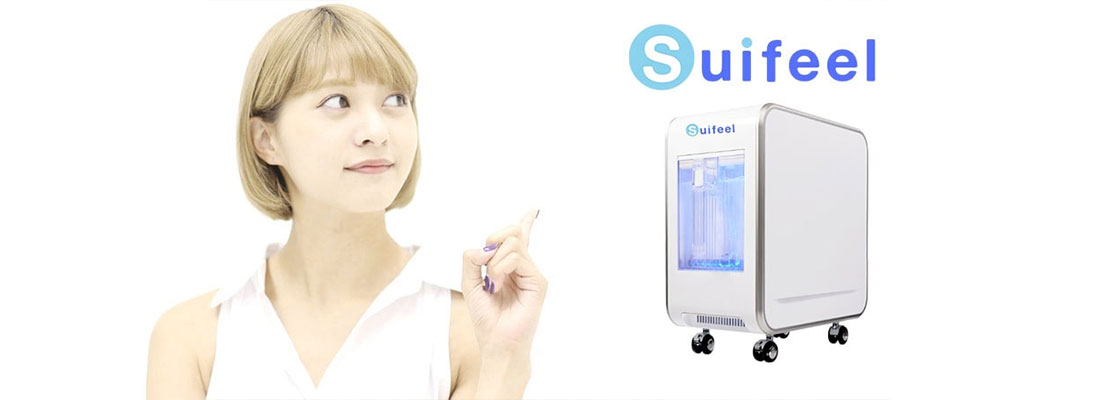
水素と酸素の混合ガス吸入による水素療法が中国山東省で医療保険...
アスクレピオスメディテック社が製造する水素酸素アトマイザー(高濃度水素発生器:Suifeel_ LUMI-BYT-JP-H03)の水素酸素ガス吸入による水素療法...
Wednesday , December 1,2020
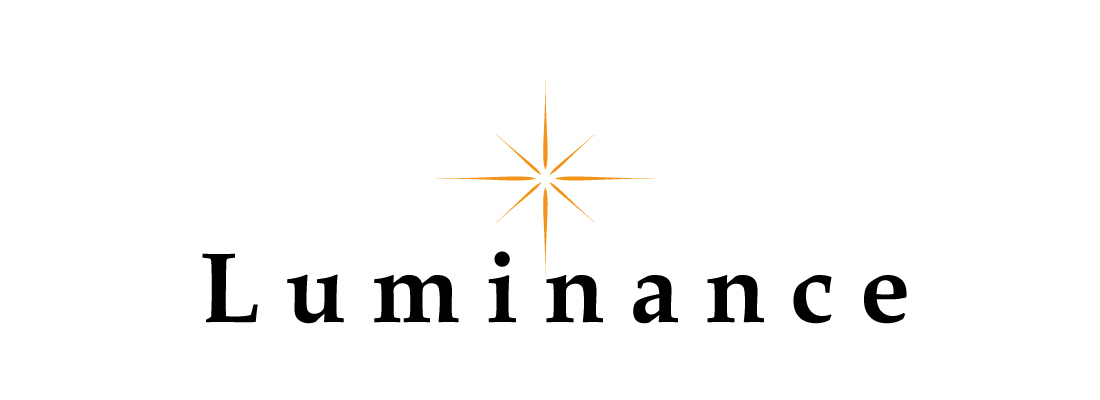
年末年始休業のお知らせ
誠に勝手ながら、弊社の年末年始休業を下記のとおりとさせていただきます。 ご迷惑をおかけいたしますが、ご了承いただきますよう、お願い申し上げます。 年末年...
Wednesday , November 24,2020
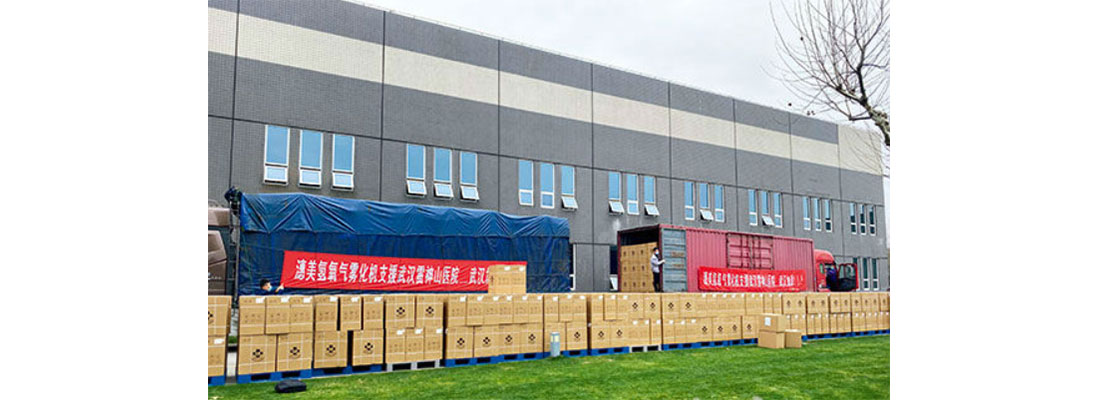
水素酸素アトマイザー(高濃度水素発生器:Suifeel)が注...
天津や上海などで確認された症例が発見されたことで、新型コロナウイルス肺炎に対する人々の警戒心が高まり続けています。 11月、国際学術誌「Frontier...
お問い合わせ、ご意見・ご要望は以下のフォームよりお気軽にお問い合わせください。
Title
Message